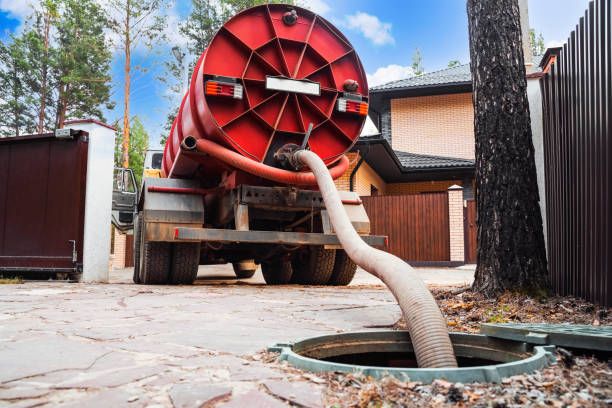Fixing Wiring & Fuse Problems: Solutions
Dealing with wiring and fuse problems in your home can be frustrating and potentially dangerous. Electrical issues can disrupt your daily life and pose a safety risk if not addressed promptly. In this blog post, we will explore common wiring and fuse problems, provide troubleshooting tips, and offer effective solutions to help you fix these issues and ensure the safety and functionality of your electrical system.
Identifying Wiring and Fuse Problems:
Before diving into solutions, it's important to recognize signs that may indicate wiring or fuse problems:
- Frequent Circuit Breaker Tripping: If your circuit breaker frequently trips or fuses blow, it could indicate an overloaded circuit or a short circuit.
- Flickering Lights: Lights that flicker or dim, especially when using certain appliances, may signify loose connections or inadequate wiring.
- Burning Smell: A persistent burning smell around switches, outlets, or electrical panels can indicate overheating wires or faulty components.
- Electrical Shocks: Experiencing electric shocks when touching switches, outlets, or appliances suggests faulty wiring or grounding issues.
- Hot Switches or Outlets: Switches or outlets that feel hot to the touch may suggest excessive electrical resistance or overload.
- Sparks or Arcing: Sparks or arcing when plugging in or using appliances indicates a serious wiring problem that needs immediate attention.
Furnace Replacement: Why Sandy Residents Should Consider It
For residents in Sandy, replacing an outdated or faulty furnace is an essential step towards ensuring a comfortable and safe living environment. A well-functioning furnace provides warmth during the cold months and improves the overall air quality in your home. Furnaces that are past their lifespan often become less efficient, leading to higher energy bills and frequent repairs.
Additionally, older furnaces can present serious health hazards like carbon monoxide leaks. Sandy's local professionals can assist with a smooth furnace replacement process, providing expert advice on the best furnace models to suit your needs and budget, and ensuring a proficient installation process to optimize the functioning and longevity of your new heating system. Remember, a furnace replacement is an investment for your home's future, enhancing comfort, safety, and resale value.
Troubleshooting Tips and Solutions:
- Safety First: Before attempting any troubleshooting or repairs, turn off the power supply at the main electrical panel to avoid the risk of electric shock.
- Inspect for Loose Connections: Check switches, outlets, and connections for any loose or damaged wires. Tighten connections and replace damaged components if necessary.
- Check for Overloaded Circuits: Reduce the load on overloaded circuits by unplugging unnecessary appliances or redistributing them to different circuits.
- Replace Faulty Switches or Outlets: If switches or outlets are damaged, not working properly, or show signs of wear and tear, replace them with new ones.
- Upgrade Wiring: In older homes with outdated wiring systems, consider upgrading to modern, safer wiring that meets current electrical code standards.
- Add Dedicated Circuits: To prevent circuit overload, install dedicated circuits for high-demand appliances like air conditioners, refrigerators, or computer systems.
- Address Grounding Issues: Ensure proper grounding of electrical systems, as improper grounding can lead to electrical shocks and other safety hazards.
- Consult a Licensed Electrician: For complex wiring problems or if you are unsure about troubleshooting, it's best to consult a licensed electrician to ensure safe and proper repairs.
- Regular Electrical Inspections: Schedule regular electrical inspections by a professional to identify potential wiring issues before they become serious problems.
- Follow Electrical Safety Guidelines: Always follow safety guidelines when working with electricity, such as wearing protective gear and using appropriate tools.
By following these troubleshooting tips and applying effective solutions, you can address wiring and fuse problems in your home, ensuring the safety and functionality of your electrical system. Remember, it's always best to seek professional assistance to mitigate risks and ensure proper repairs if you encounter complex or potentially dangerous issues.




